Life Sciences Generates Abundant Opportunities for CRE
Innovation and demand for specialized space are spurring a wave of development, investment and dealmaking.
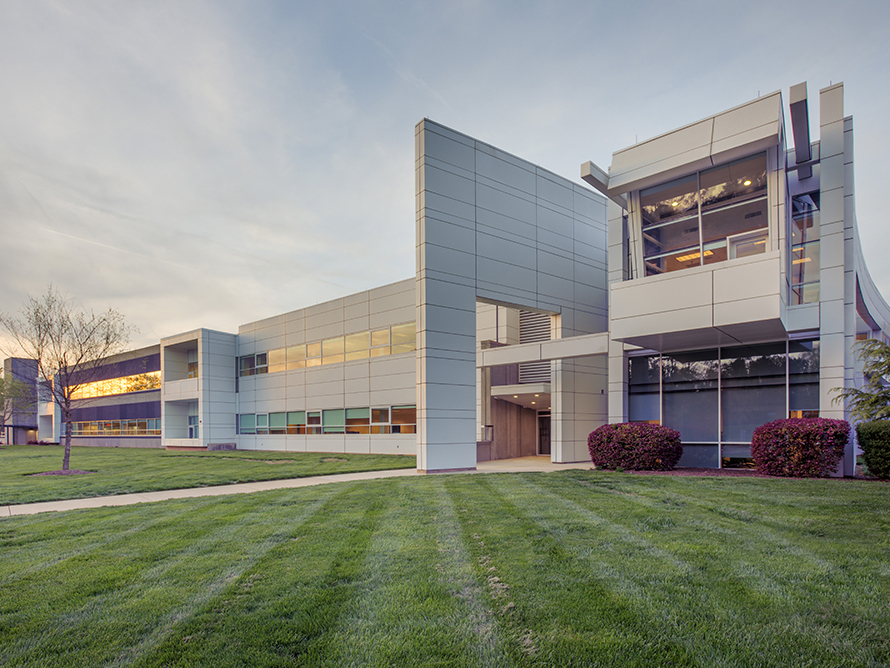
Longfellow Real Estate Partners, through its Longfellow Strategic Value Fund, earlier this year purchased a 1.3 million-square-foot life science portfolio consisting of 18 buildings in the Research Triangle area of North Carolina. Bain Capital Real Estate sold the bundle of properties in an approximately $405 million deal. Image courtesy of JLL
In October, when LaSalle Investment Management snapped up a stake in the San Diego headquarters of Illumina, a DNA sequencing and array-based technologies firm, it became only the latest major investor to toss its hat into the burgeoning specialty of life sciences real estate.
The acquisition by the real estate investment giant, which manages roughly $68 billion in global assets, marks a major vote of confidence in the asset class as well as LaSalle’s flagship investment in the life sciences realm. LaSalle’s move comes months after Tishman Speyer and Thor Equities each launched specialty life sciences platforms.
“It’s a really exciting time for investors and developers in the market because of the growth in the market and what we believe is the inelasticity of demand going forward,” said Lisa Strope, director of life sciences and healthcare research at JLL.
A wave of innovation in biopharmaceuticals, genomics and related fields has spurred a flurry of dealmaking and fundraising and, with it, intensifying hunger for space. In the leading life sciences clusters of Boston, San Francisco, San Diego and Washington, D.C., lab vacancy rates are about half that of traditional office vacancies—at 6, 4, 7 and 5 percent, respectively—according to a JLL report released in August.
This thirst for accommodation is not only driving rents skyward; it is also generating creative approaches to design and development as the real estate industry grapples with soaring costs and supply constraints.
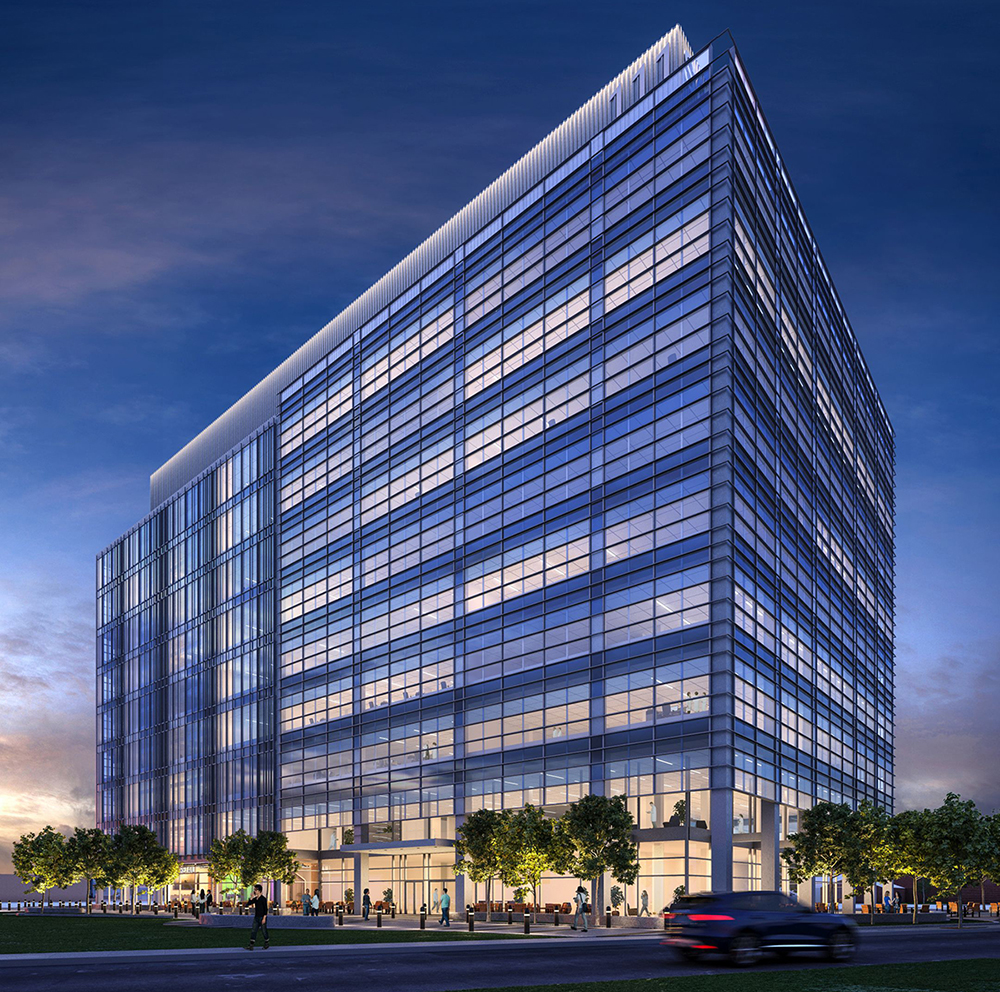
JLL recently arranged $140 million in financing for 101 South St., a 289,000-square-foot office and lab development in Somerville, Mass. being built DLJ Real Estate Capital Partners and Leggat McCall Properties. Rendering courtesy of JLL
Bigger and swankier
Measures of the growing economic heft of the life sciences sector abound. Global pharmaceutical research and development spending, for example, reached a record $179 billion in 2018, up from $145 billion in 2015, and is projected to grow by 3.0 percent between 2018 and 2024, according to a study by EvaluatePharma.
As it expands, the industry gobbles up capital and employs a fast-growing array of people. The health-care sector in the U.S. absorbed a record $16.2 billion in venture capital investment in 2018, up from the previous high of $14.3 billion in 2017, data from the PwC/CB Insights MoneyTree Report shows. According to Bureau of Labor statistics data cited by Cushman & Wakefield, biotech R&D alone has added 85,000 jobs since the start of 2000, a pace nearly five times as fast as the economy overall.
“People are making a lot of money by literally inventing new ways of combating disease or illness,” noted Ian Anderson, director of research and analysis at CBRE. “This really is groundbreaking stuff.”
According to Anderson, the flurry of technological advances is changing the nature of life sciences real estate. “Perhaps a decade ago, you might find more of these companies in one-story, possibly even industrial flex, Class B properties, where they’d have their labs,” he said. “They are slowly migrating to the new shiny office buildings that you can see in East Cambridge, the peninsula of South San Francisco, in La Jolla (the San Diego neighborhood). All of a sudden, they have some of the nicest properties you’ll find in a metro area.”
Their sophistication, in many cases, is matched by their size. Major projects underway include Kilroy Realty Corp.’s Kilroy Oyster Point, a 2.5 million-square-foot project spanning 40 acres in South San Francisco, Calif., whose first phase is slated for delivery in 2021. Elsewhere in the Bay Area city, BioMed Realty is developing Gateway of Pacific, a roughly 1.5 million-square-foot biotech campus that will bring 430,000 square feet of laboratory and office space upon completion of the first phase in late 2020.
Near the border of Cambridge, Mass., and Boston, DivcoWest is reinventing a former railyard as Cambridge Crossing project, a 43-acre project which will feature a 430,000-square-foot science and technology building. The transit-oriented development, touted as a Class A creative research environment, will also include a new neighborhood retail district.
“Some of the largest lab developments or life science projects that we’ve ever seen” are taking shape amid the buoyant demand, Strope said. The key life sciences hubs of Boston and San Francisco each have more than 3.3 million square feet of lab space under construction, according to JLL.
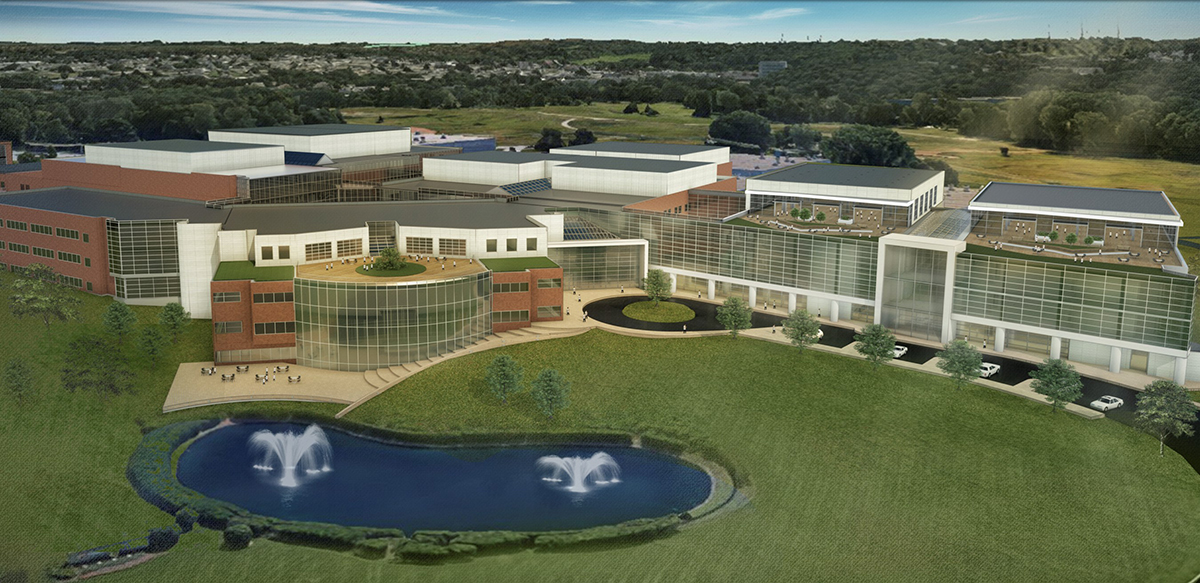
Located near Philadelphia in King of Prussia, Penn., the 1.6 million-square-foot Discovery Labs is touted as the largest coworking ecosystem for healthcare, life sciences, and tech-enabled firms in the country. Image courtesy of MLP Ventures
Shape shifting
Novel types of space are also being introduced to serve the evolving industry. One notable trend is the rise of incubator spaces, which essentially combine coworking with life sciences in a format that appeals to both startups and larger occupiers that face dramatic fluctuations in their lab needs.
The Discovery Labs, a new platform of MLP Ventures, for instance, is developing a $1 billion coworking office and lab campus in suburban Philadelphia. The 1.6 million-square-foot project in King of Prussia, Pa., will deliver a series of linked R&D buildings ranging from 50,000 to 125,000 square feet, many times larger than the average office coworking venue.
Development is also going vertical, particularly in established urban centers such as Boston/Cambridge, San Francisco and New York City. In South San Francisco, Phase 3 Real Estate Partners opened the north tower of its Genesis South Francisco project this past March, a 375,000-square-foot biotech building that rises 21 stories.
Greg Bisconti, executive director and national practice group leader of Cushman & Wakefield’s Global Life Sciences Practices Group, estimates that land, building and improvement costs in major life sciences hubs have soared 50 to 200 percent in the last five years. “As such, investors and developers are getting more creative and challenging conventional locations and building criteria,” he commented.
Tight supply and design efficiency are driving increased density and high-rise development. “Looking to the future, we can expect to see convergence of retail, restaurants, dry cleaners, barbers, salons, and even hotels and housing,” Bisconti added. “Much like the office category, we should expect to see mixed-use projects that incorporate life sciences space.”
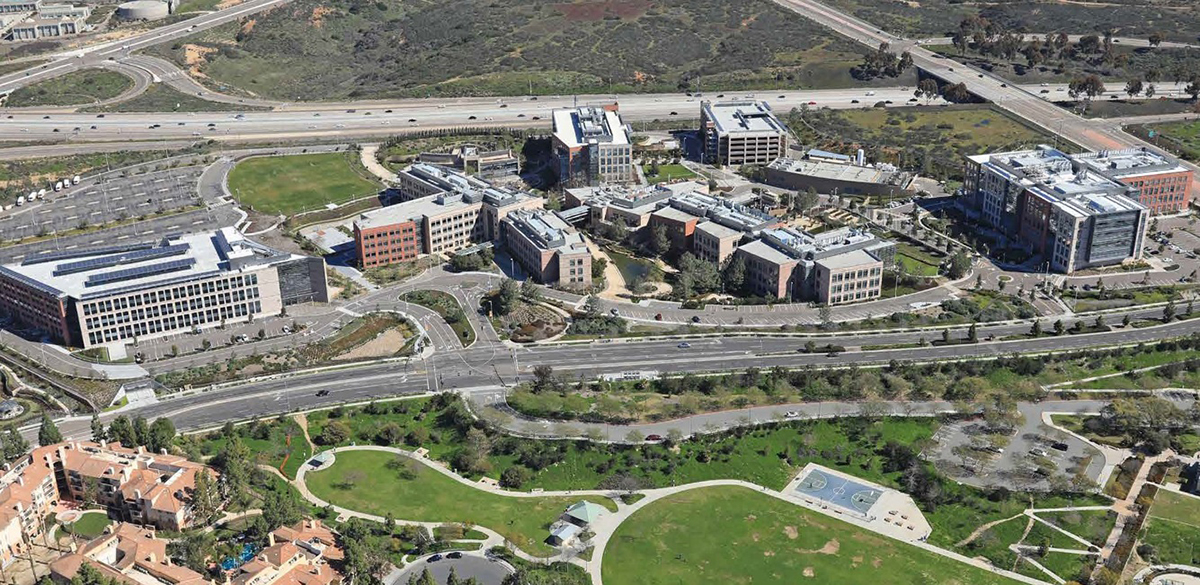
The sprawling Illumina headquarters is located in the University Town Center submarket of San Diego, one of the nation’s top biotech hubs with more than 15 million square feet of life science space across the city. Image courtesy of LaSalle Investment Management
Investment ramps up
Alexandria Real Estate Equities and Blackstone’s BioMed Realty, which specialize in developing life sciences properties, are familiar names in the sector, but new entrants are joining the fray as demand for high-end biotech space heats up.
Tishman Speyer planted its flag in July by teaming up with venture capital firm Bellco Capital to form Breakthrough Properties, a platform that will acquire, develop and operate life science properties in key tech markets around the world. The platform’s first acquisition was a site in Boston’s Seaport District with 250,000 square feet of development rights.
Manhattan-based commercial real estate firm Thor Equities followed in August by launching Thor Sciences, a specialty life sciences division, in tandem with its $152 million acquisition of The Center of Excellence, a 784,000 square foot lab, R&D and office campus across 48 acres in Bridgewater, N.J.
And in October, LaSalle made its debut in the sector by acquiring a 49 percent stake in Illumina’s state-of-the-art, 793,000-square-foot headquarters property from Alexandria. The asset manager flagged the deal as a milestone, more than 15 years after LaSalle first established itself as one of the most prominent investors in the medical office sector.
The company made the investment on behalf of LaSalle Property Fund, its core open-ended U.S. property vehicle. The asset consists of six office, lab and accessory buildings across 44 acres at 5200 Illumina Way. Not coincidentally, the site is also near the campus of a biomedical and biological sciences powerhouse: the University of California at San Diego.
LaSalle indicated that the fund would invest in potential future projects to expand and densify undeveloped land on the campus. “We’ve been studying the life science property sector for quite some time and have been waiting for the right opportunity to enter the space,” Steve Bolen, managing director with LaSalle Investment Management, told Commercial Property Executive at the time.

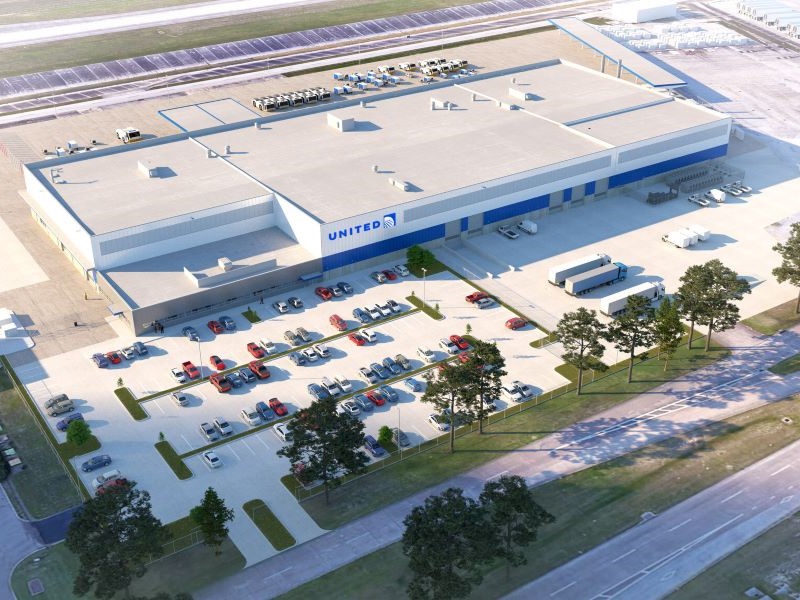
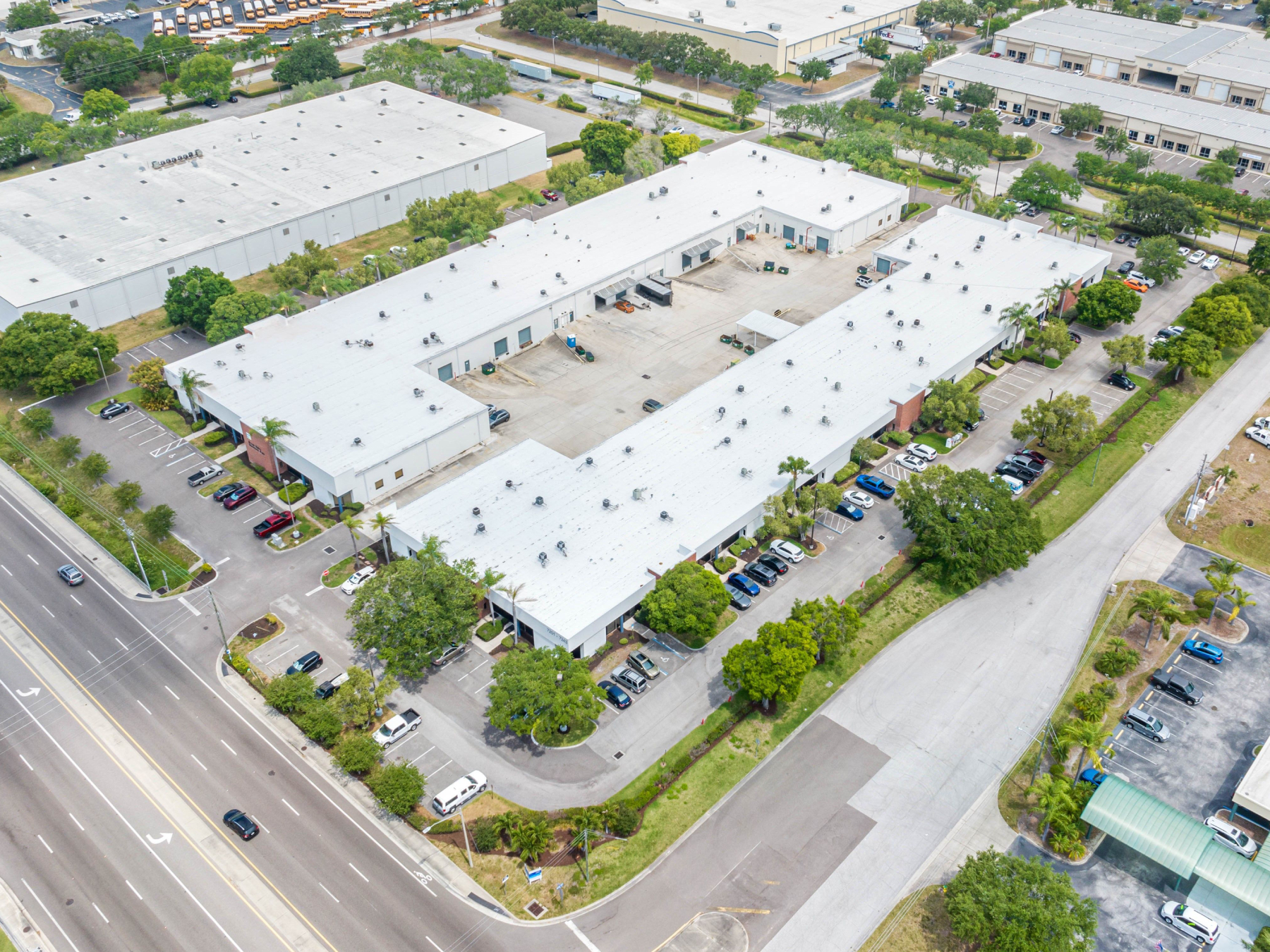
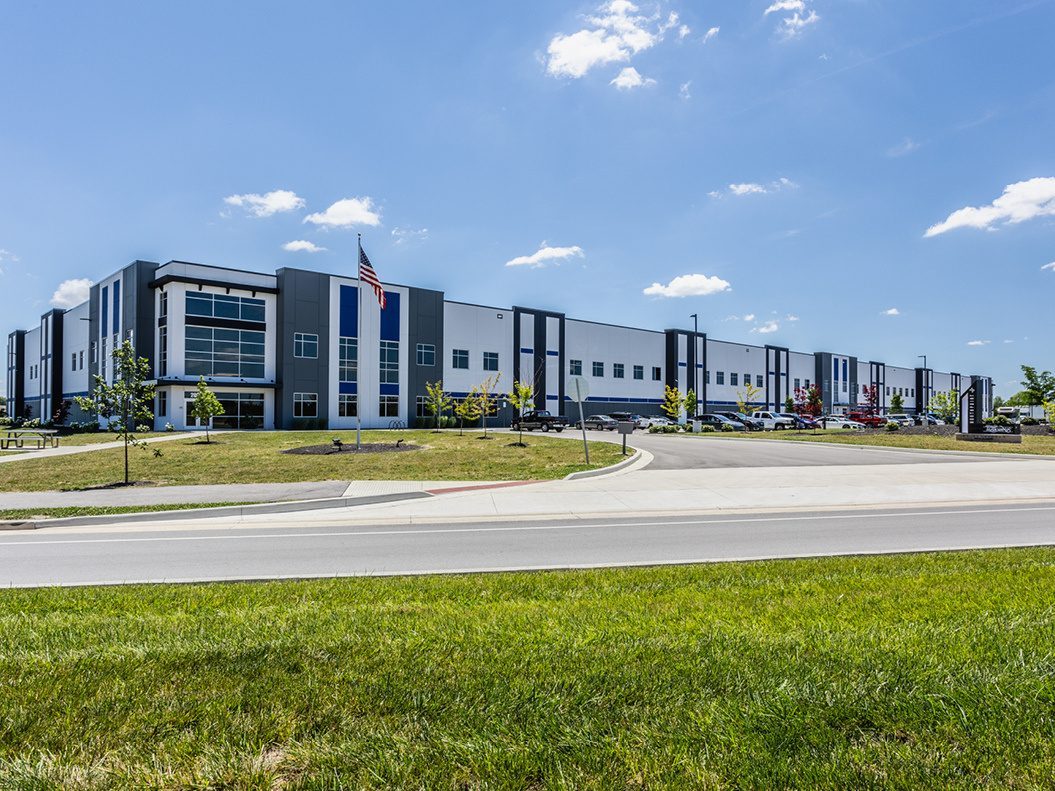
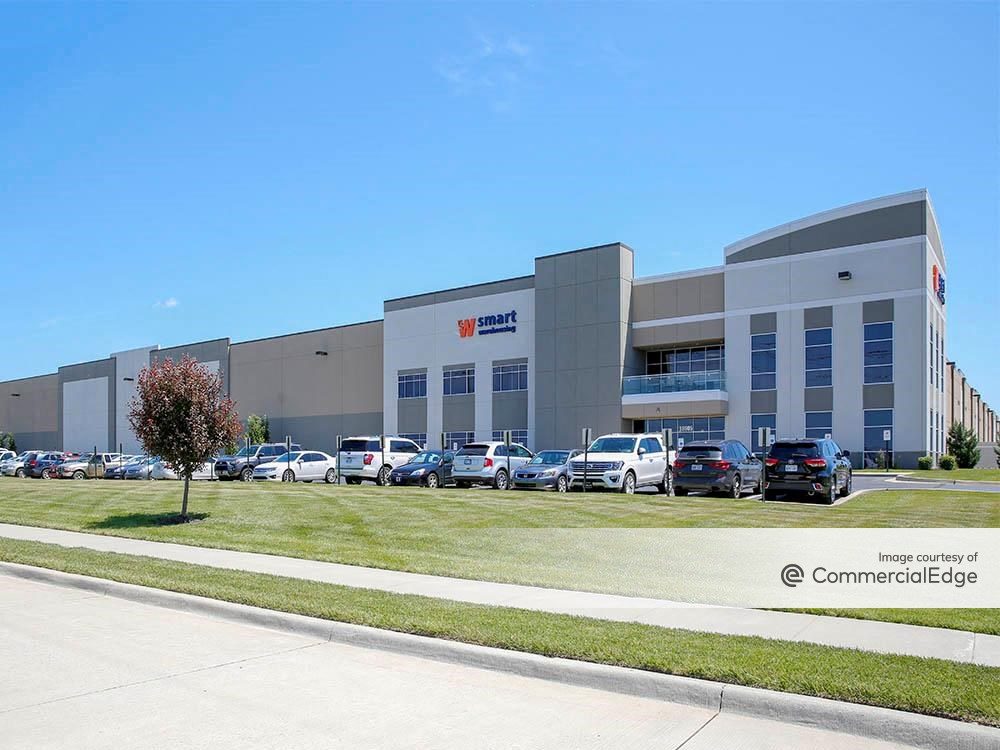

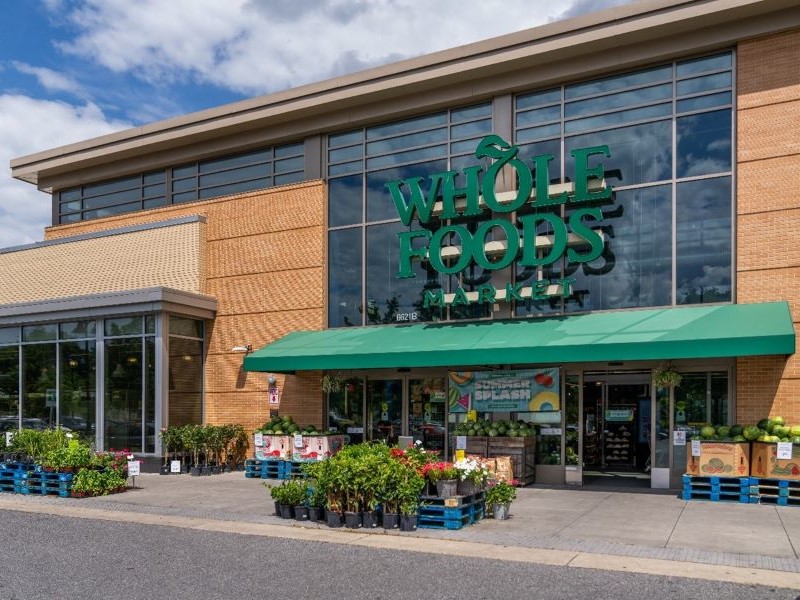

You must be logged in to post a comment.